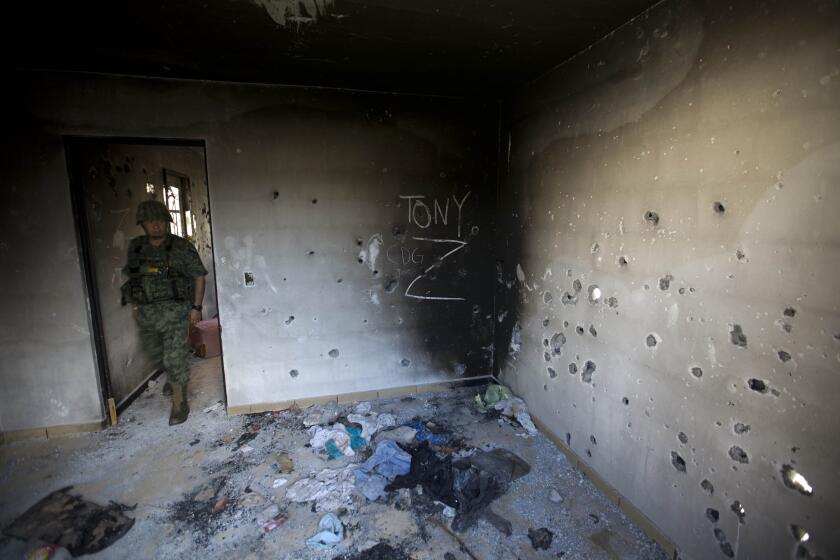U.S. Plan to Renovate Aging Warheads Stirs Opposition
WASHINGTON — The Energy Department plans to renovate more than 6,000 aging nuclear warheads over the next 15 years, almost double the number that the United States is allowed to deploy under the START II arms-reduction treaty, according to senior U.S. officials.
The added warheads will make up what Energy Department officials refer to as the “inactive reserve,” about 2,500 to 3,000 refurbished warheads that would give the United States the ability to match another country’s sudden production of additional warheads.
This plan, the legacy of a 6-year-old presidential decision, is coming under sharp criticism from arms-control proponents.
They contend that it is unnecessary and possibly counterproductive to maintain an arsenal of 6,000 warheads while President Clinton and other U.S. officials are attempting to persuade India, Pakistan, North Korea, China and Russia to halt or restrain their nuclear-weapons programs.
“While the president is talking about the dangers of nuclear weapons, technicians at the national laboratories are working to refurbish a stockpile the size of which is unaffected by any agreement or treaty,” said Janne Nolan, director of international programs for the Century Foundation and a former official in the Arms Control and Disarmament Agency.
Robert S. Norris, a nuclear-arms specialist with the Natural Resources Defense Council, has dubbed the plan “Cold War lite.”
“This is the dark side of the stockpile. We will spend vast billions to refurbish warheads which we [cannot deploy but] haven’t decided to throw away,” Norris said.
On the other hand, a Defense Department official with responsibility for strategic weapons contended that until Russia ratifies START II, the United States must hedge its bets against a possible reversal of that agreement.
After the treaty enters into force and “we gain confidence” that the Russians are abiding by it, the official said, “then we too can eliminate additional warheads.”
The United States spends about $4.6 billion a year to maintain its nuclear arsenal. The Energy Department does not separately break out the cost of the 3,000 to 3,500 deployed warheads from the cost of the 2,500 to 3,000 that will be held in reserve.
But to address what the acting head of Energy’s defense programs called “shortfalls in production readiness,” the department is requesting $55 million in the supplemental appropriations bill before Congress.
The first Strategic Arms Reduction Treaty (START I), signed in 1991, permits Washington and Moscow to maintain 6,000 strategic warheads on bombers, submarines and land-based missiles.
More to Read
Sign up for Essential California
The most important California stories and recommendations in your inbox every morning.
You may occasionally receive promotional content from the Los Angeles Times.










